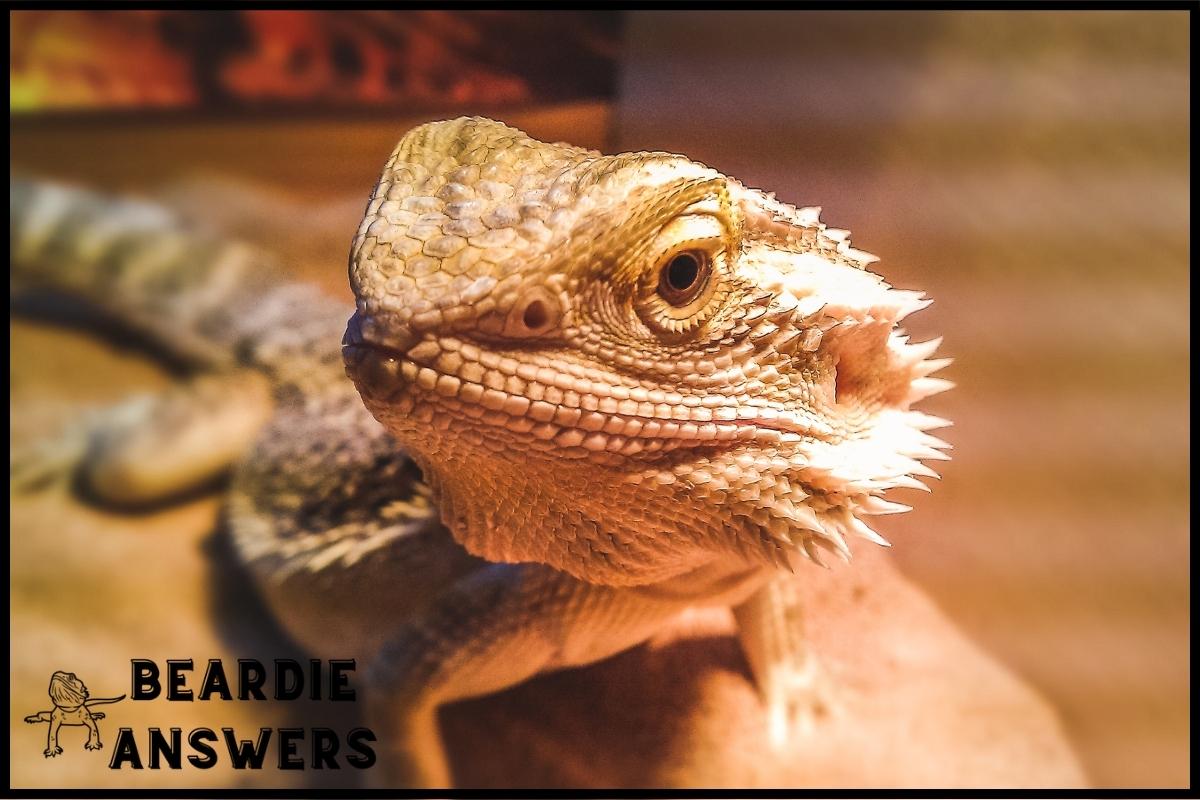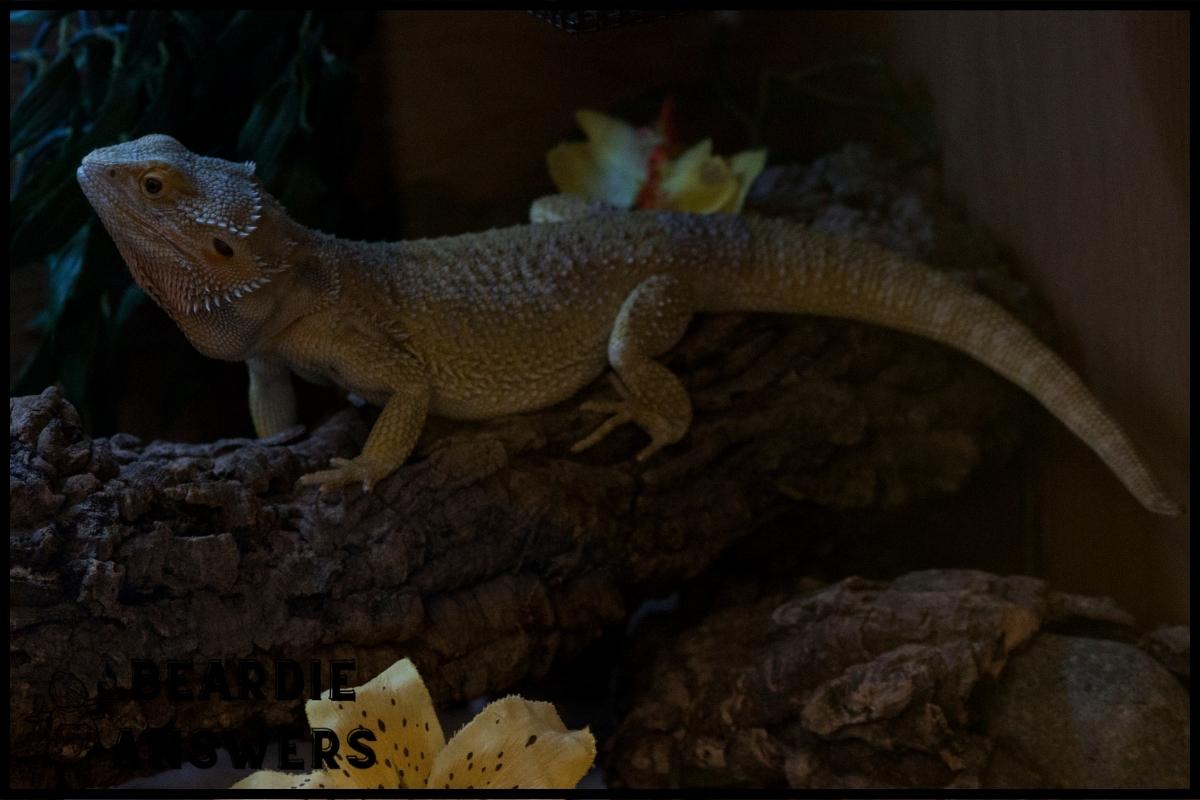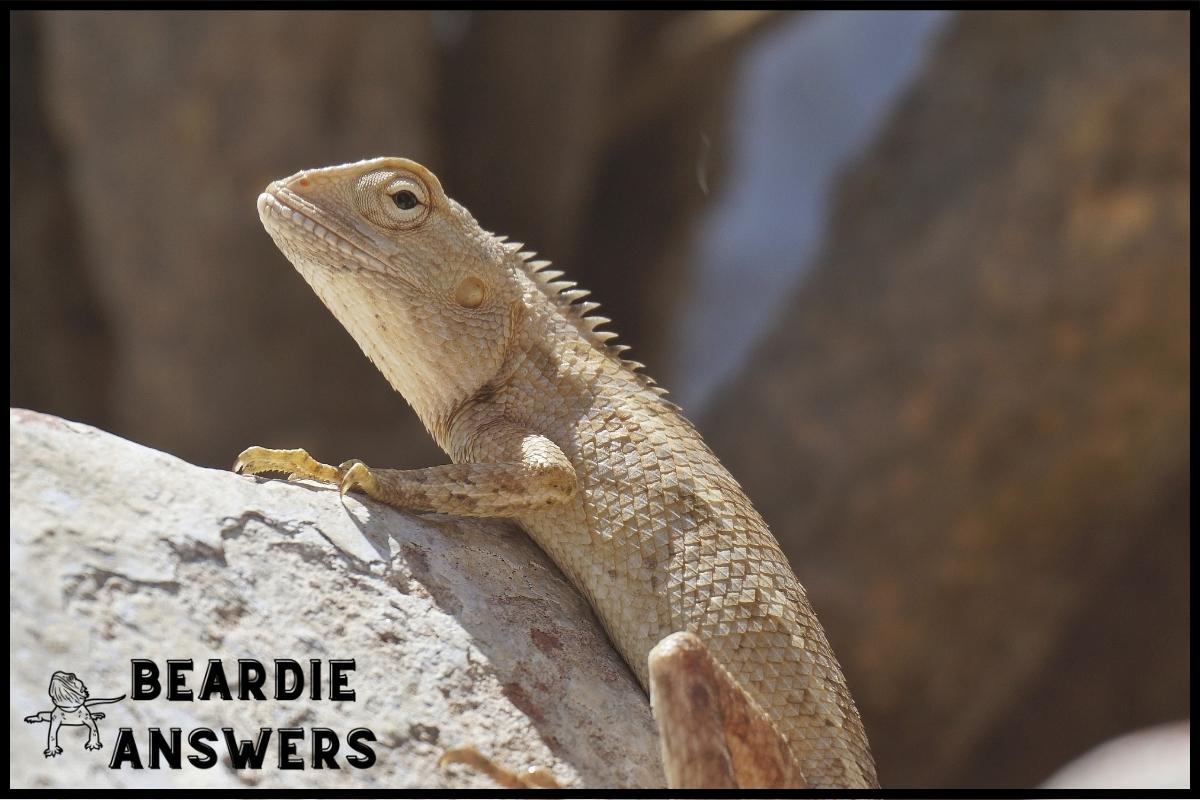Female bearded dragons can lay between 11-30 eggs per clutch, depending on their age, size, and health. They can lay several clutches in a year, with a gestation period of approximately 4-6 weeks. Owners must provide a suitable nesting box, maintain proper humidity and temperature levels, and monitor the eggs’ condition during the incubation period.
What You'll Learn
Breeding Habits Of Bearded Dragons
Ah, the joys of bearded dragon breeding! We’ve all heard stories of those amazing reptilian creatures laying their eggs with utmost enthusiasm during mating season.
But did you know that they can lay up to 30 eggs per clutch? Incredible, right? Egg coloration also varies depending on their environment and diet — from white to yellowish or even reddish-brown.
It’s no wonder why experienced breeders seek out these fascinating lizards for egg production, especially when considering the sheer number of clutches a single female may produce in one year.
The breeding process is not without its challenges though; there are several factors which affect how many eggs a bearded dragon will lay. Some of these include temperature, humidity levels, nutrition intake, age, and overall health of the animal.
To ensure successful reproduction it’s important to be aware of your pet’s needs throughout the entire process. With proper care and understanding, you could reap the rewards of having lots (and lots) of little baby dragons crawling around your home!
Factors Affecting The Number Of Eggs
The number of eggs a bearded dragon can lay depends on several factors.
Chief among them are dietary needs and temperature control.
Proper nutrition is essential for the female to produce viable eggs, which includes meeting her calcium requirements.
A lack of nutrients can lead to fewer eggs produced or even infertility in some cases.
Temperature plays an important role too, as it affects hormone production and ovulation cycles.
For optimal egg laying, temperatures should be at least 82 degrees Fahrenheit during the day and no lower than 70 degrees Fahrenheit at night.
Additionally, environmental stressors like overcrowding or exposure to loud noises may interfere with the reproductive cycle and reduce egg production.
The age of the female also matters; younger females tend to lay more eggs compared to older ones who have likely gone through multiple breeding seasons already.
Therefore, providing suitable living conditions that meet their dietary needs and provide proper temperature regulation is key when trying to maximize egg output from your beardie’s clutches.
It’s important to understand these influential factors since they determine how many eggs a bearded dragon will eventually lay.
Knowing this information allows owners to make adjustments if necessary so that their pet produces healthy offspring year after year.
Understanding the nuances of the egg-laying process and duration then becomes all the more crucial for successful breeding outcomes down the line.
Egg-Laying Process And Duration
First, let’s talk about the egg-laying process.
Female bearded dragons will lay their eggs in a burrow or other sheltered place.
Then, the eggs will be incubated for about 45-90 days.
Finally, the frequency of clutches can vary, but generally, a bearded dragon will lay multiple clutches per year.
Egg-Laying Process
Bearded dragons have a long egg-laying process that usually lasts for several weeks.
It’s important to note that the frequency of egg laying and even the number of eggs laid can vary with seasonal variations.
The female bearded dragon will lay between 11 and 30 eggs per clutch, depending on her size and age, as well as environmental conditions such as temperature and humidity levels.
Moreover, they tend to be very particular about nest site selection in order to ensure proper incubation conditions which can also impact the quality of their eggs.
All these factors must be taken into account when considering how many eggs a bearded dragon can lay each year.
Egg Incubation Duration
Once the eggs have been laid, it’s time to think about incubation.
Incubating bearded dragon eggs requires a specific temperature and humidity level in order for them to hatch successfully.
The ideal hatching temperature is between 82-86°F (28-30°C) with a relative humidity of 75%.
It’s important to monitor these levels closely as well as provide some sort of protection from predators or other natural dangers that could damage the eggs.
With proper care, incubation typically takes around 60 days before the baby dragons emerge out of their shells!
Frequency Of Clutches
Once the eggs have been laid and incubated, it’s important to consider how often a female bearded dragon will lay clutches.
Generally, they mate during spring and summer months and then lay 1-3 clutches of 2-12 eggs with each clutch being slightly smaller in size than the previous one.
Females can also retain sperm for several months, so mating rituals don’t always result in immediate egg laying.
It’s important to keep track of when your dragons are maturing and breeding as this will help you better understand their behavior and predict when new clutches may be coming!
Incubation Time For Bearded Dragon Eggs
Once bearded dragon eggs have been laid, the next step in the process is to set up a proper incubation environment. While it may seem simple enough, there are several key factors that must be taken into consideration when determining how to best care for these delicate eggs.
Egg sizing and proper temperature control during incubation can make all the difference between hatching success or failure. When handling bearded dragon eggs, it’s important to remember that they come in various sizes depending on the age of the female reptile at time of laying. If you are unsure about egg sizing, an experienced breeder should be able to help identify them properly. Also, each clutch of eggs has its own unique properties regarding size and shape which will affect their overall development rate inside the incubator.
Incubation temperatures play an integral role in successful hatching as well since too high or low of a setting can cause embryo death or malformation during early gestation stages. Depending on your specific setup, a range from 27-32°C (80-90°F) typically yields good results with most species of reptiles including bearded dragons.
By carefully monitoring both temperature settings and egg sizing throughout the entire incubation period, one can ensure greater chances of having healthy hatchlings emerge after full term completion. With this knowledge now firmly established within our understanding, let us move forward towards learning how to correctly care for bearded dragon eggs once they’ve hatched.
How To Care For Bearded Dragon Eggs
Caring for bearded dragon eggs takes some extra effort, but it can be very rewarding. Here are the steps to follow when caring for these delicate eggs:
- Nest Building: It is important that a suitable nesting site is provided as soon as possible after egg laying. The nest should be warm and dark, with plenty of ventilation. A shallow hole in the substrate or an artificial incubator works well for this purpose.
- Substrate Selection: The type of substrate selected depends on the species of beardie being kept, so research must be done prior to choosing one. Generally speaking, sand and soil mixtures work best because they provide insulation while allowing air flow through the nest.
- Egg Selection: Once all the eggs have been laid, you will need to carefully select which ones should stay in the nest and which should be removed. If any unusually large or small eggs are present, they should be discarded since they won’t have a chance at hatching successfully. Additionally, if multiple clutches are laid within close proximity of each other, only keep those from the most recent clutch as older eggs may contain embryos that died during development.
With proper preparation and care taken before and during egg laying, your beardies will have a better chance of producing healthy offspring. As such, potential complications arising during egg laying can often be avoided or minimized altogether.
Potential Complications During Egg Laying
Bearded dragons can lay multiple clutches of eggs throughout the year, but there are potential complications that may arise during egg laying.
One such complication is egg retention, which occurs when a female cannot successfully pass an egg from her body and it remains in her reproductive system. This condition can be life threatening if not treated by a veterinarian immediately.
Another possible complication is reduced egg viability, meaning that even if laid, the eggs may not hatch due to poor nutrition or other factors.
To avoid these issues, bearded dragon owners should provide their pets with proper nutrition and ensure they have access to a suitable nesting site for laying their eggs.
It’s important to recognize any signs of abnormal behavior that could indicate health issues related to egg production so appropriate care can be provided.
Conclusion
In conclusion, the number of eggs a bearded dragon lays can vary depending on their health and age.
Generally, they lay between 11-30 eggs per clutch with multiple clutches per year.
To ensure healthy egg production and successful hatching it is important to provide proper care during the egg laying process.
With attentive monitoring and care, you can be sure that your beloved beardie will thrive in its natural environment!
As any reptile enthusiast knows ‘where there’s an egg, there’s hope!’

Hi! My name is Bryan, I am the “one behind the words” here are BeardieAnswers.com. I believe that providing quality care and nutrition is the best way to ensure the health of your pet. Every beardie is special and deserves the best care and attention. If you have questions about your bearded dragon, please don’t hesitate to ask! View My Full Author Page




